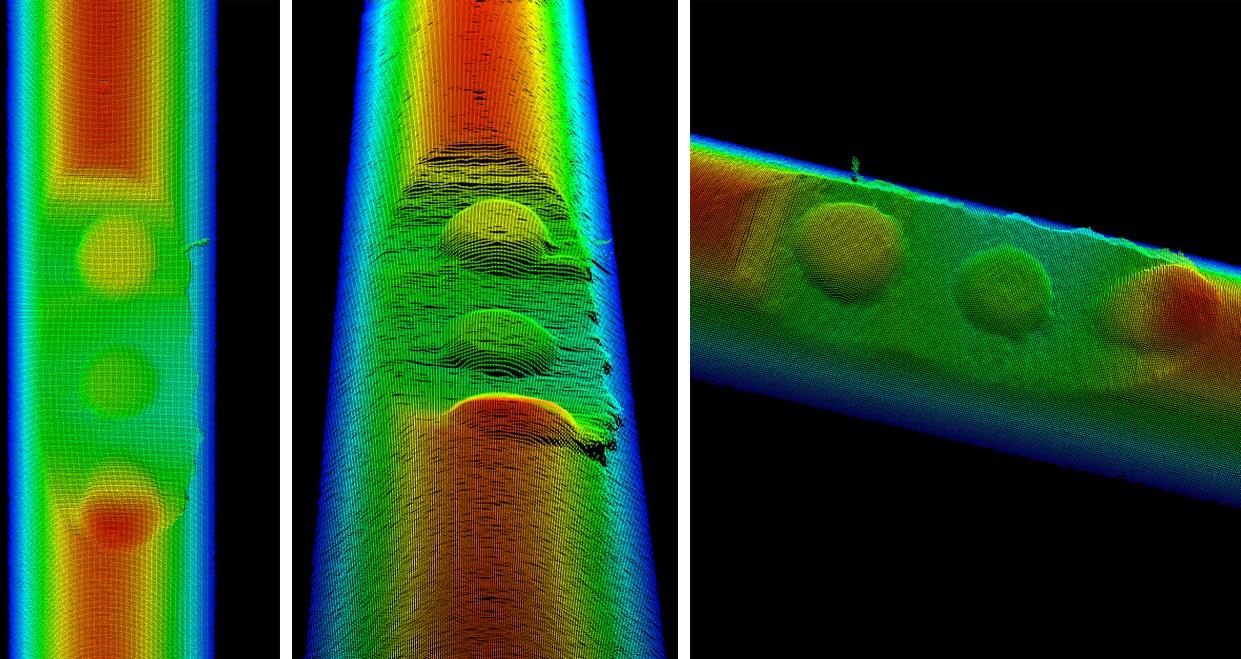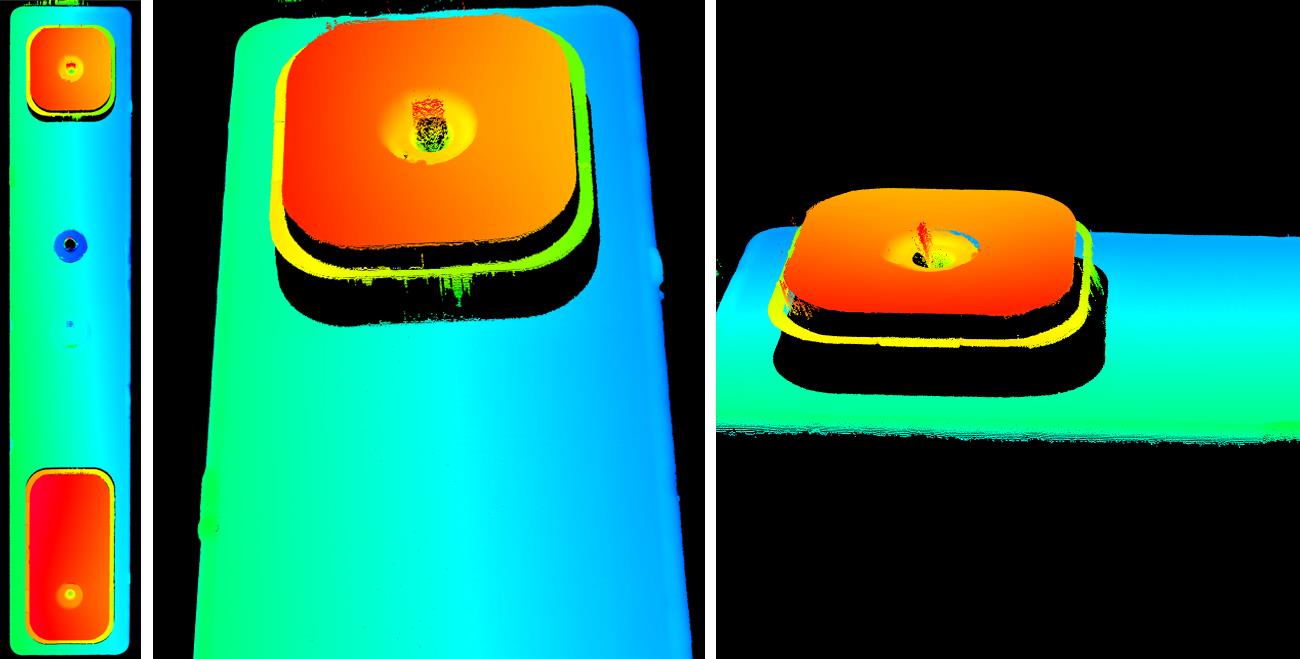OPT Solution for Lithium Battery Weld Defect Detection
Release time:16.02.2022
Source :
With the popularity of new energy vehicles, the scale of lithium battery industry is expected to grow rapidly. China's lithium battery industry has developed rapidly from the beginning and has entered a critical stage of industrial construction, promotion and application, while the development process of electric lithium batteries already occupies a leading position internationally. The further expansion of this development process will give priority to high-performing enterprises, with the upper segment driving the upgrading of the middle and lower segments, seeking a common development towards high quality, which will be the main theme of the medium- and long-term development of the new lithium battery industry.
Market Background
In the context of the global lithium battery market becoming increasingly mature, lithium batteries have become the new engine, driving the rapid development of the entire lithium industry chain. It is expected that the domestic demand for power lithium batteries will increase rapidly in the next few years, and the global lithium battery equipment market will gradually shift to China. It is foreseeable that China will become one of the largest markets for lithium applications.
Because the market has high standards for the safety of lithium batteries, comprehensive inspection of the produced lithium batteries is required. As 2D vision solutions cannot obtain spatial coordinate information of objects as well as support height-related measurements, 3D laser sensors can provide the 3D information of object surface, thus creating 3D contour map for inspection, which is why 3D laser sensors are widely used in the lithium battery industry.
Solution Principle
A laser line is projected onto the surface of the object to be measured. Via a lens, the diffuse reflection of this laser line is projected onto the camera sensor. Using the triangulation principle, the length, width and height of the scanned surface of the object are calculated as a function of the position of the projection. The three-dimensional contour map is inspected to detect weld defects and their size and depth.
Combining Hardware and Software
SciSmart is a brand of OPT, covering mainly vision software and vision controllers. The graphical process editing allows users to quickly implement machine vision projects through parameter configuration without programming. The development and application of the SciSmart software for 3D sensor inspection modules makes 3D inspection more efficient and faster, increasing productivity and reducing maintenance costs. Once the camera has been installed and commissioned, it can be operated and basic maintenance performed on site after simple user training.
Areas of Application
3D laser scanning is a technology thatemerged in the mid-1990s. The 3D laser sensors uses the triangulation principle to achieve 3D contour scanning with high accuracy, high speed, and non-contact, and are commonly used in consumer electronics, automotive manufacturing, semiconductors and other fields.
Solution Advantages
The 3D camera scans the product in three dimensions by the movement of the product and is not affected by factors such as color and material of the components and external light sources.
A small size, lightweight and easy installation characterize the 3D sensor. Calibration is not required (already calibrated at the factory).
An external light source is not required. The sensor can perform 2D and 3D inspections simultaneously, allowing the workpiece to be inspected in real time through the scanned point cloud during the inspection.
The shape of the target can be accurately captured for precise dimensional and visual inspection.
Camera models and parameters
Market Background
In the context of the global lithium battery market becoming increasingly mature, lithium batteries have become the new engine, driving the rapid development of the entire lithium industry chain. It is expected that the domestic demand for power lithium batteries will increase rapidly in the next few years, and the global lithium battery equipment market will gradually shift to China. It is foreseeable that China will become one of the largest markets for lithium applications.
Because the market has high standards for the safety of lithium batteries, comprehensive inspection of the produced lithium batteries is required. As 2D vision solutions cannot obtain spatial coordinate information of objects as well as support height-related measurements, 3D laser sensors can provide the 3D information of object surface, thus creating 3D contour map for inspection, which is why 3D laser sensors are widely used in the lithium battery industry.
Solution Principle
A laser line is projected onto the surface of the object to be measured. Via a lens, the diffuse reflection of this laser line is projected onto the camera sensor. Using the triangulation principle, the length, width and height of the scanned surface of the object are calculated as a function of the position of the projection. The three-dimensional contour map is inspected to detect weld defects and their size and depth.
Combining Hardware and Software
SciSmart is a brand of OPT, covering mainly vision software and vision controllers. The graphical process editing allows users to quickly implement machine vision projects through parameter configuration without programming. The development and application of the SciSmart software for 3D sensor inspection modules makes 3D inspection more efficient and faster, increasing productivity and reducing maintenance costs. Once the camera has been installed and commissioned, it can be operated and basic maintenance performed on site after simple user training.
Areas of Application
3D laser scanning is a technology thatemerged in the mid-1990s. The 3D laser sensors uses the triangulation principle to achieve 3D contour scanning with high accuracy, high speed, and non-contact, and are commonly used in consumer electronics, automotive manufacturing, semiconductors and other fields.
Solution Advantages
The 3D camera scans the product in three dimensions by the movement of the product and is not affected by factors such as color and material of the components and external light sources.
A small size, lightweight and easy installation characterize the 3D sensor. Calibration is not required (already calibrated at the factory).
An external light source is not required. The sensor can perform 2D and 3D inspections simultaneously, allowing the workpiece to be inspected in real time through the scanned point cloud during the inspection.
The shape of the target can be accurately captured for precise dimensional and visual inspection.
Camera models and parameters

3D Point Cloud Map
 Weld bulge
Weld bulge Weld cratering
Weld cratering


 EN
EN CN
CN JP
JP








